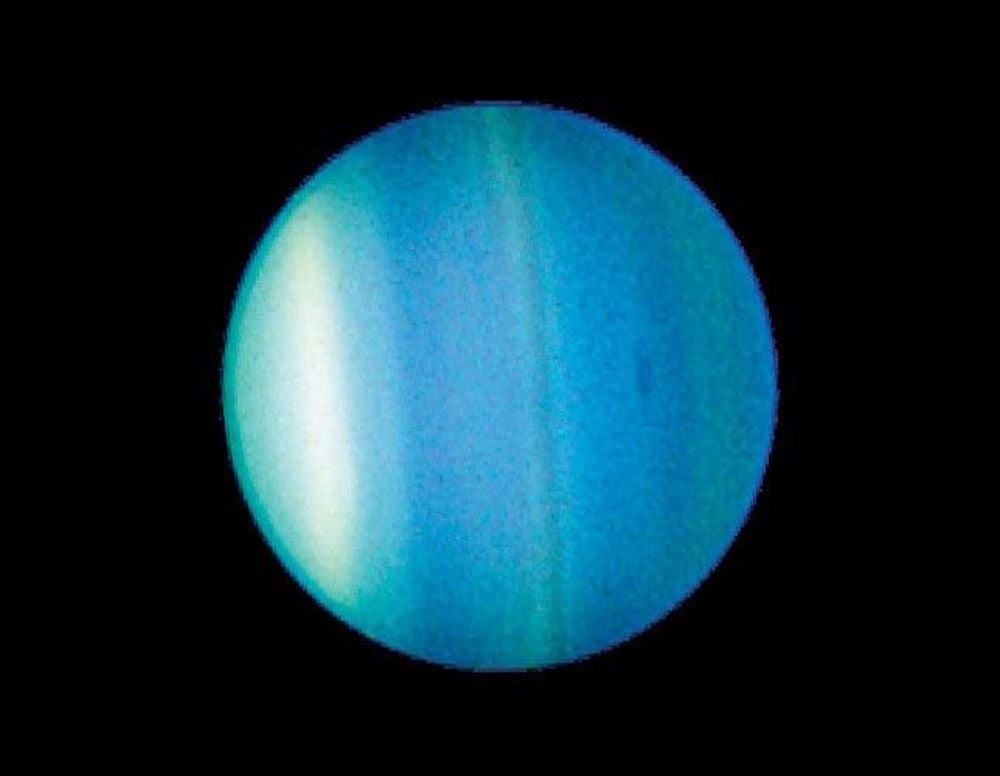A team of astronomers has made a remarkable discovery in the depths of our Solar System, revealing that Uranus has a small asteroid engaged in a unique gravitational relationship. This asteroid completes three orbits for every four made by the ice giant, showcasing a stable celestial partnership unlike any previously identified in this remote region.
The discovery, which highlights the intricate dynamics of gravitational forces, was made between Uranus and its neighbor, Neptune. The asteroid’s consistent orbital pattern offers new insights into how celestial bodies interact over extended periods, even in the vastness of space. This finding suggests that the universe is not merely chaotic but instead governed by elegant mathematical principles that have endured through time.
Significance of the Discovery
This newly identified gravitational waltz has drawn attention due to its rarity and the implications it carries for understanding the architecture of our planetary system. The partnership between Uranus and its asteroid indicates that such stable configurations can exist, which may lead to further exploration of similar dynamics in other parts of the Solar System.
According to the researchers, the relationship between the two bodies exemplifies the delicate balance of forces at play. The asteroid’s orbital stability suggests that gravitational interactions can create lasting bonds, even among distant celestial bodies. This finding encourages astronomers to explore further the gravitational interactions across the Solar System.
Future Exploration
The discovery opens up new avenues for research, prompting scientists to investigate whether other celestial bodies share similar relationships. Understanding these dynamics could shed light on the formation and evolution of the Solar System, allowing researchers to piece together the history of how planets and smaller bodies interact over millions of years.
As astronomers continue to study Uranus and its enigmatic partner, they aim to uncover more about the gravitational forces that govern their movements. This research not only enriches our knowledge of Uranus‘s unique characteristics but also enhances our understanding of the intricate dance of celestial bodies throughout the universe.
